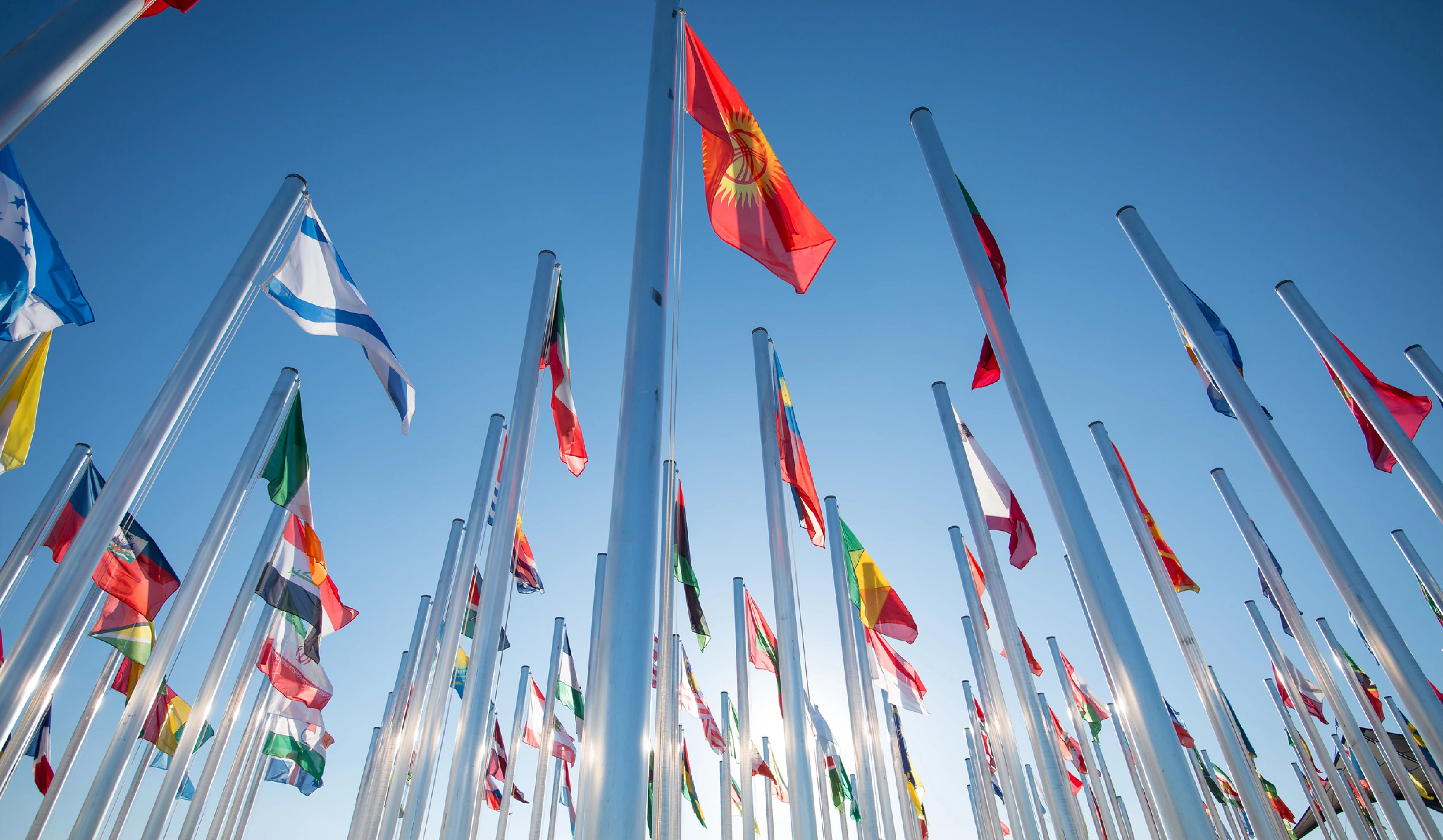While addressing a preparatory meeting for the BIMSTEC Summit, Minister suggested that the regional groups like BIMSTEC should be approached from a more ambitious perspective in the changing global order from multilateralism. towards minilateralism.
- Minilaterals are informal and targeted grouping with fewer states (usually 3 or 4) which intend to address specific threat, contingency, or security issues, sharing the same interest for resolving it within a finite period of time. E.g., I2U2, BRICS, etc.
Why is there a rise in agenda-specific minilaterals?
Challenges of Minilateralism
|
- Limitations of multilateral institutions such as the UN and WTO in achieving consensus among diverse member states.
- Minilaterals involve fewer states, enabling faster decision-making, and implementation. E.g., the QUAD showed rapid coordination in vaccine distribution during the COVID-19 Pandemic.
- Great-power Rivalry: Heightened tensions have paralyzed larger multilateral frameworks. E.g., dysfunctional WTO's dispute settlement system.
- As a response regional Free Trade Agreements like RCEP are being signed between smaller numbers of countries.
- Emerging and urgent challenges like climate change, cybersecurity, are not being addressed effectively and on a priority basis.
- On the other hand, agenda-specific groups like the International Solar Alliance allow for specialized expertise and resources to be pooled effectively.
Conclusion
Along with building agenda-specific partnerships with various countries at minilateral level, India should continue to push for reforms in the multilateral organisations such as UNSC and WTO to safeguard universal rules-based global order.






